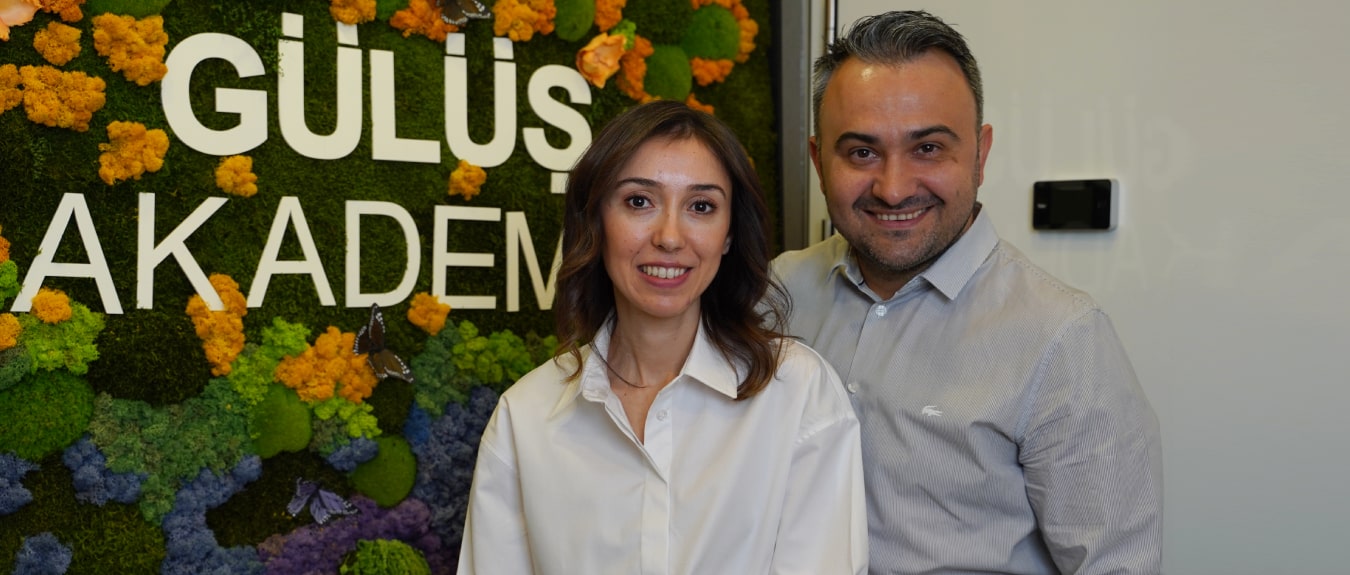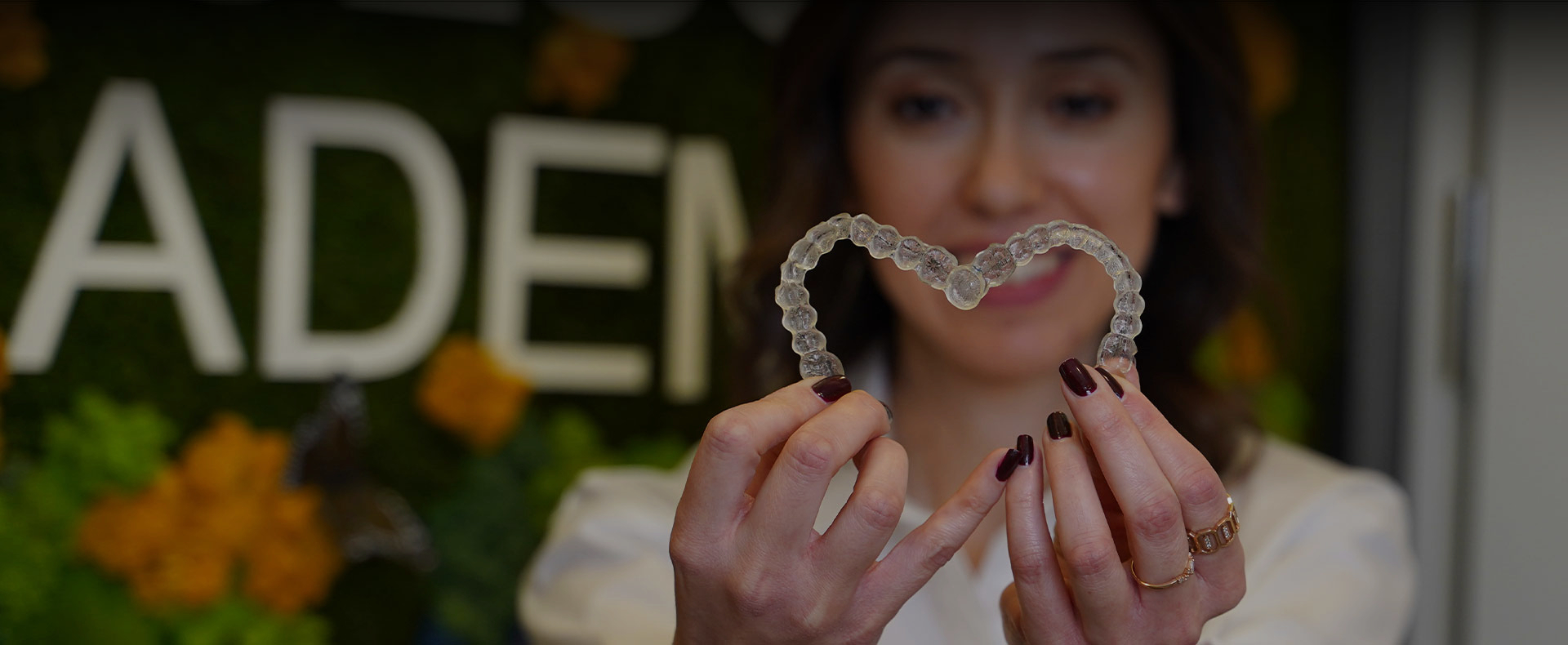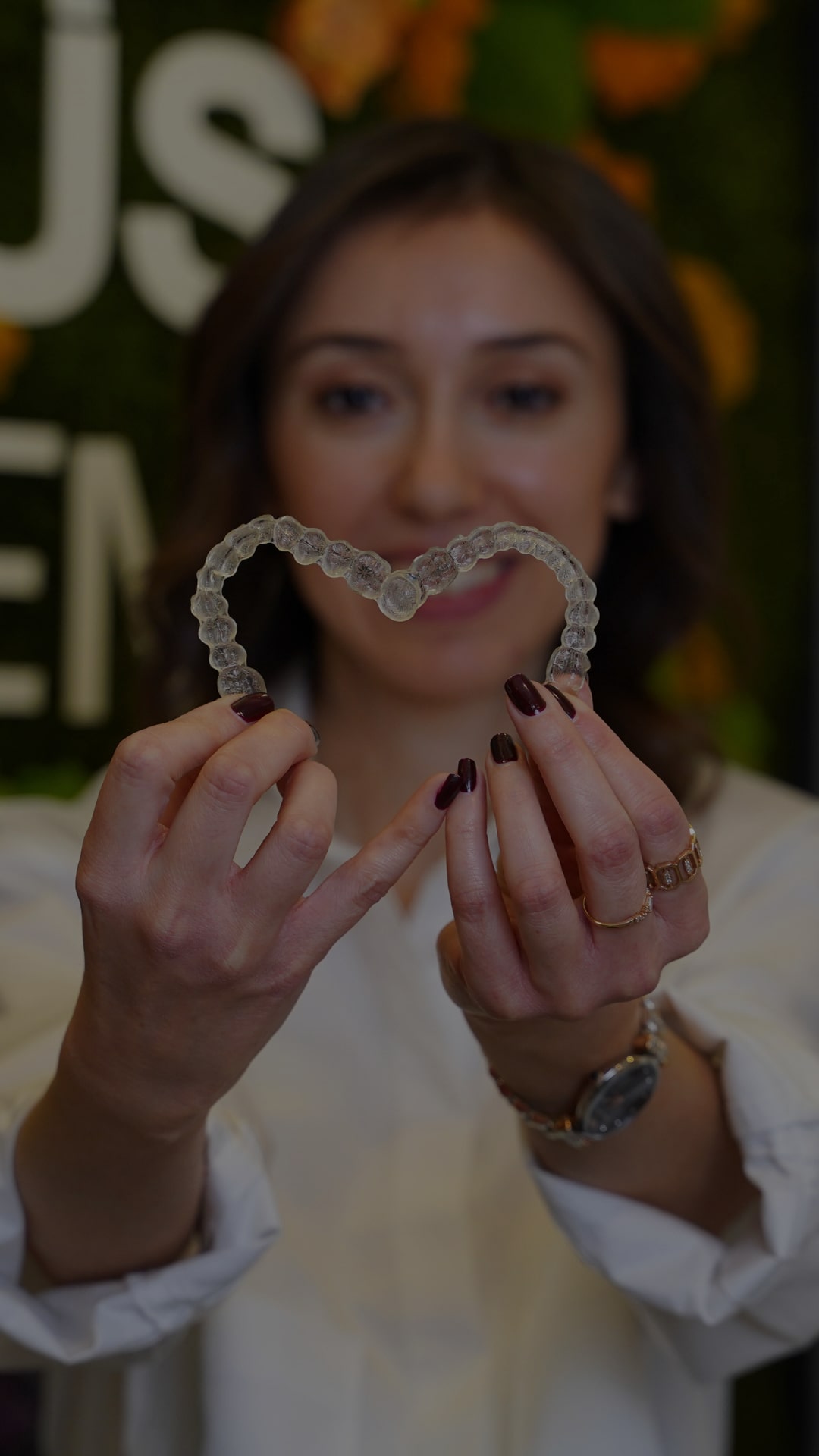Treatments
Treatments applied to our patients by our specialised dentists in our clinic
Services
We support our patients coming from abroad in all their processes from the moment we welcome them at the airport

Dr. Dt. Banu ERBAŞ
Orthodontist

Dt. Hamit ERBAŞ
Dental Practitioner

At Eskişehir Gülüş Akademisi, which set out with the slogan "Your smile, our passion...", our aim is to offer our patients the services we will apply by adhering to ethical rules while realising this passion, together with high-level technological facilities.
About Us
Travel
Eskişehir
Blended with the historical and cultural richness of Eskişehir, Egadent Health Centre is a pioneer in the field of health tourism with its expert personnel equipped with modern medical technologies."
We welcome you to our clinic in Eşkişehir...
We welcome you to our clinic in Eşkişehir...

Trending Post
Articles written by our specialists in the field of dental health

Introducing Egadent!
Read More












